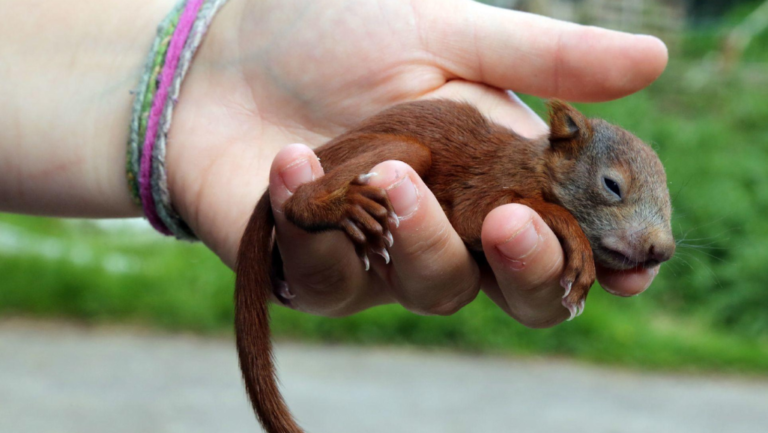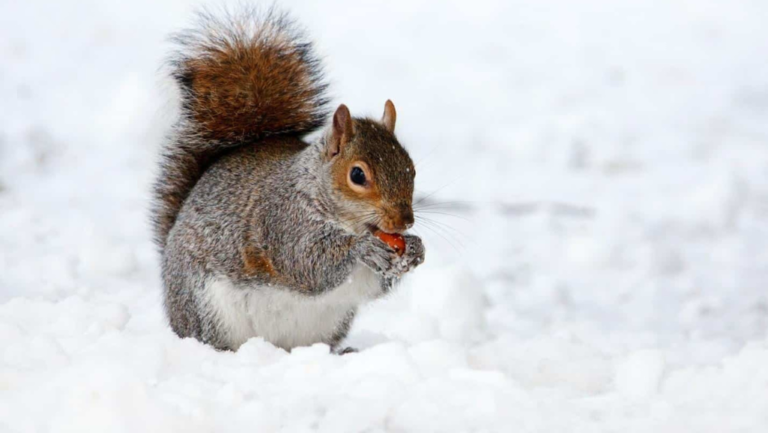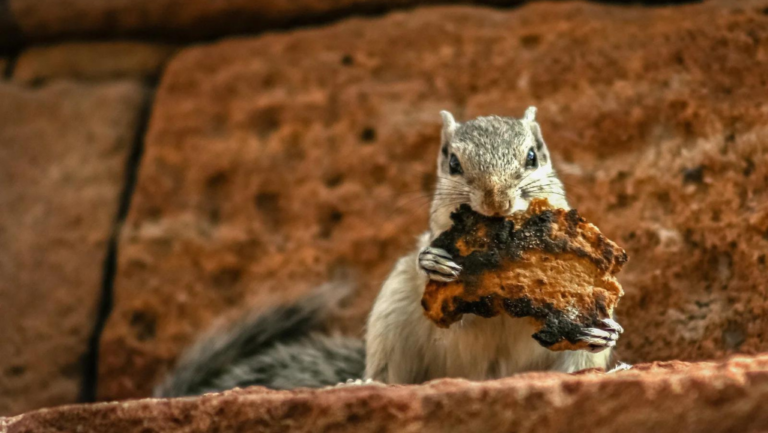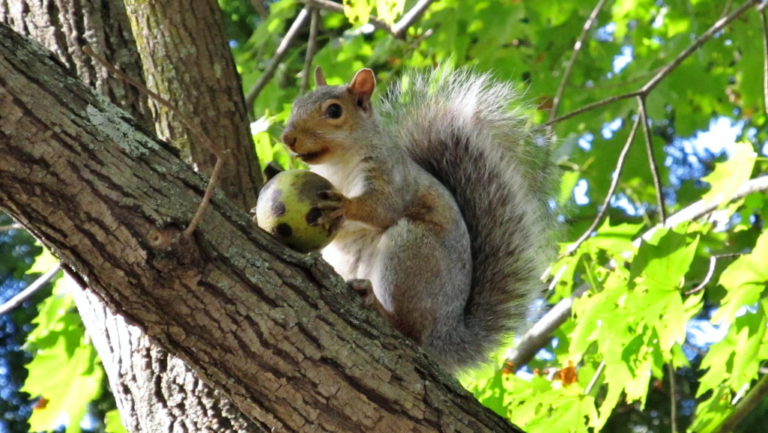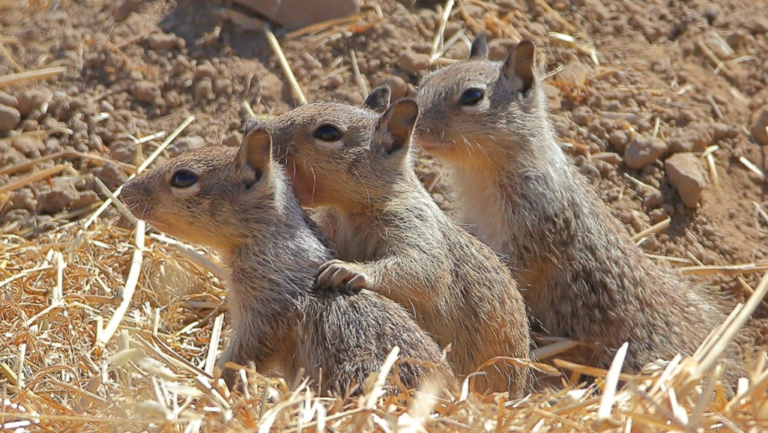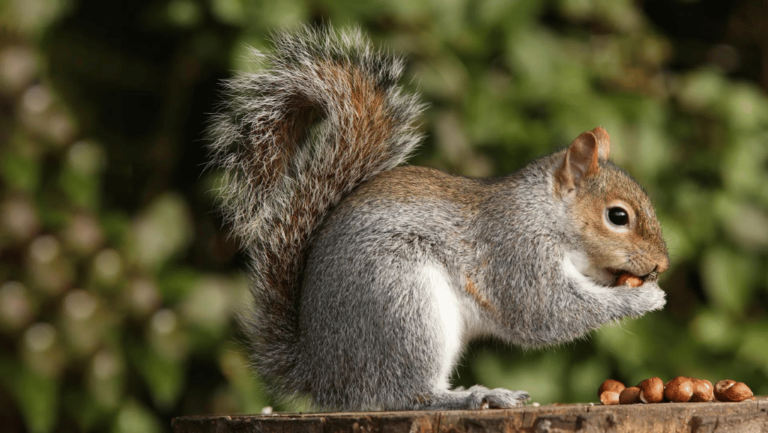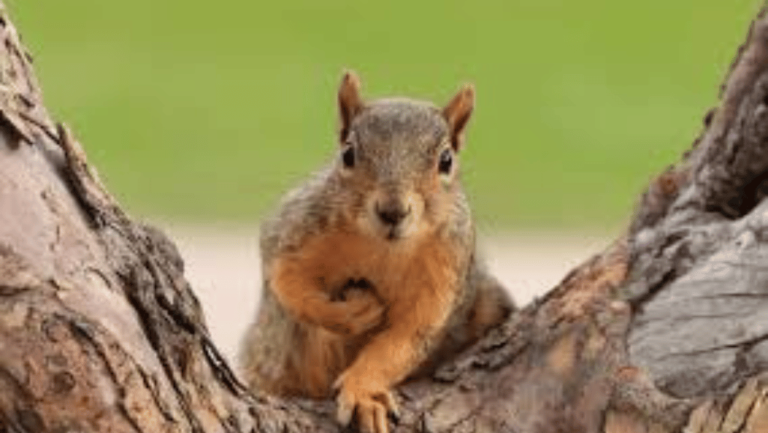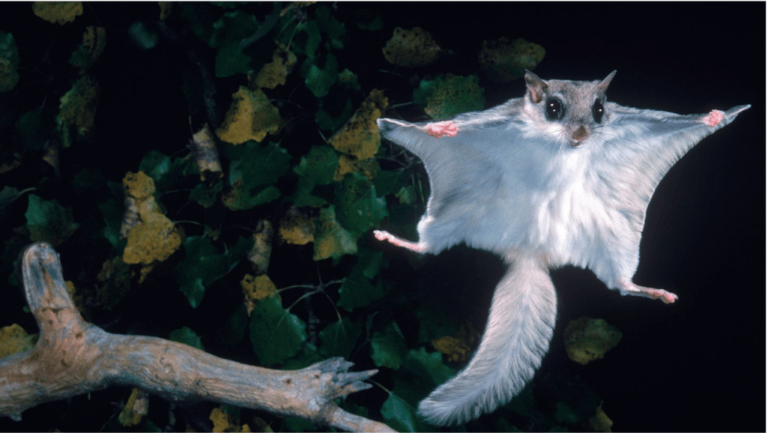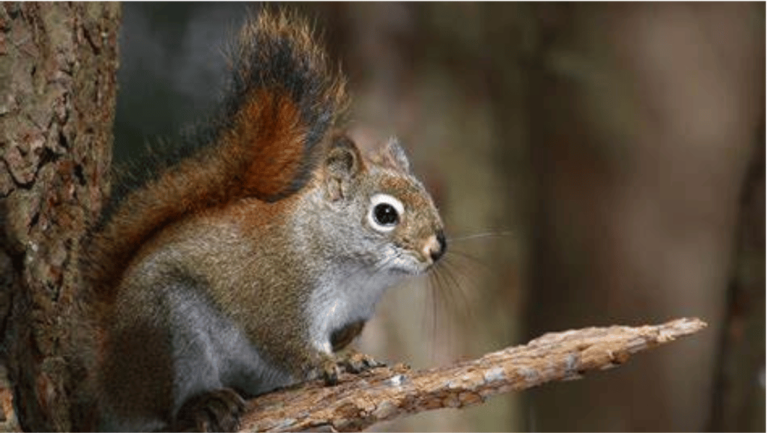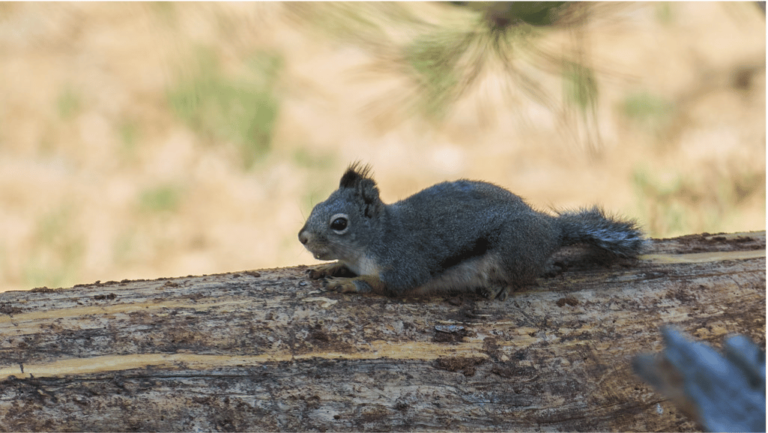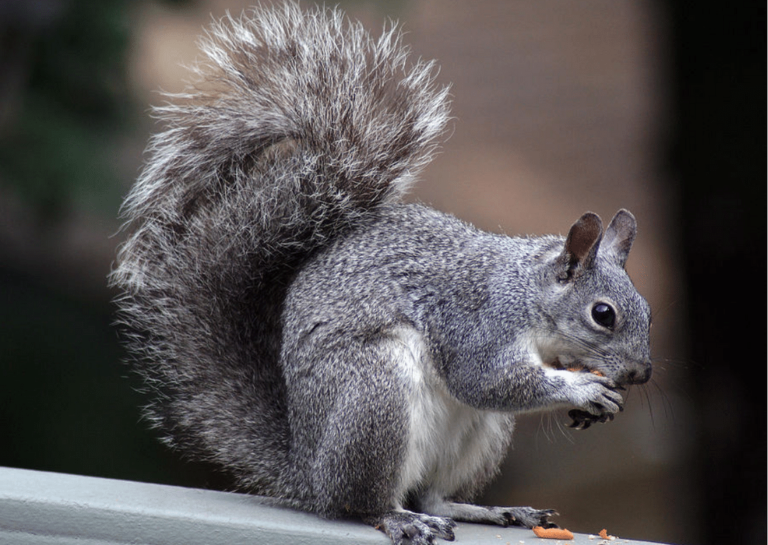The Japanese dwarf flying squirrel, also known as Pteromys momonga, is a captivating creature that inhabits the Honshu and Kyushu Islands of Japan. This small, fluffy gliding squirrel has won the hearts of animal lovers worldwide with its incredible cuteness. As one of the 43 known species of flying squirrels, it is uniquely native to Asia and cannot be found anywhere else on the planet.
Despite its popularity, the Japanese dwarf flying squirrel is not currently at risk of extinction. The International Union for Conservation of Nature (IUCN) lists it as a species of “Least Concern.” However, it is essential to continue prioritizing wildlife conservation efforts to protect its precious habitat and ensure its long-term survival.
If you have ever marveled at adorable animals, the Japanese dwarf flying squirrel is sure to captivate your imagination. Its delightful appearance and fascinating gliding abilities make it a truly enchanting creature.
Key Takeaways:
- The Japanese dwarf flying squirrel, scientifically known as Pteromys momonga, is an incredibly cute species that inhabits the Honshu and Kyushu Islands of Japan.
- It is one of the 43 known species of flying squirrels native to Asia and is not currently at risk of extinction, classified as a species of “Least Concern” by the IUCN.
- The Japanese dwarf flying squirrel possesses remarkable gliding abilities and is known for its large eyes, adorable appearance, and varied diet.
- In addition to the Japanese dwarf flying squirrel, Japan is also home to the Siberian flying squirrel, which has a gray fur color and primarily resides on the northern island of Hokkaido.
- The conservation of these adorable creatures and their natural habitats is crucial for maintaining the biodiversity of Japan’s wildlife.
Facts About the Japanese Dwarf Flying Squirrel
The Japanese dwarf flying squirrel, scientifically known as Pteromys momonga, is a fascinating creature with unique characteristics. Explore the intriguing facts about this small mammal.
Nocturnal Behavior
The Japanese dwarf flying squirrel is nocturnal, meaning it is most active at night. This adaptation allows it to navigate and forage in the darkness, relying on its exceptional night vision.
Glide Through the Air
Despite its name, the Japanese dwarf flying squirrel does not truly fly but rather glides through the air. It accomplishes this feat using a specialized membrane called a patagium, which stretches between its limbs and body. This remarkable gliding ability enables the squirrel to cover distances of up to 300 feet as it gracefully moves from tree to tree.
Diverse Diet
The Japanese dwarf flying squirrel has a varied diet, consuming nuts, seeds, fruits, tree bark, and even insects. This flexibility in its food choices contributes to its survival in different habitats.
Nesters Extraordinaire
These unique rodents construct nests called dreys using leaves, sticks, and strands of grass. These cozy structures provide shelter and protection for the squirrel and its offspring.
Intriguing Bioluminescence
One of the most fascinating features of the Japanese dwarf flying squirrel is its glow-in-the-dark belly. However, the purpose of this bioluminescence is still not fully understood, adding to the allure of this adorable creature.
The Siberian Flying Squirrel and its Habitat
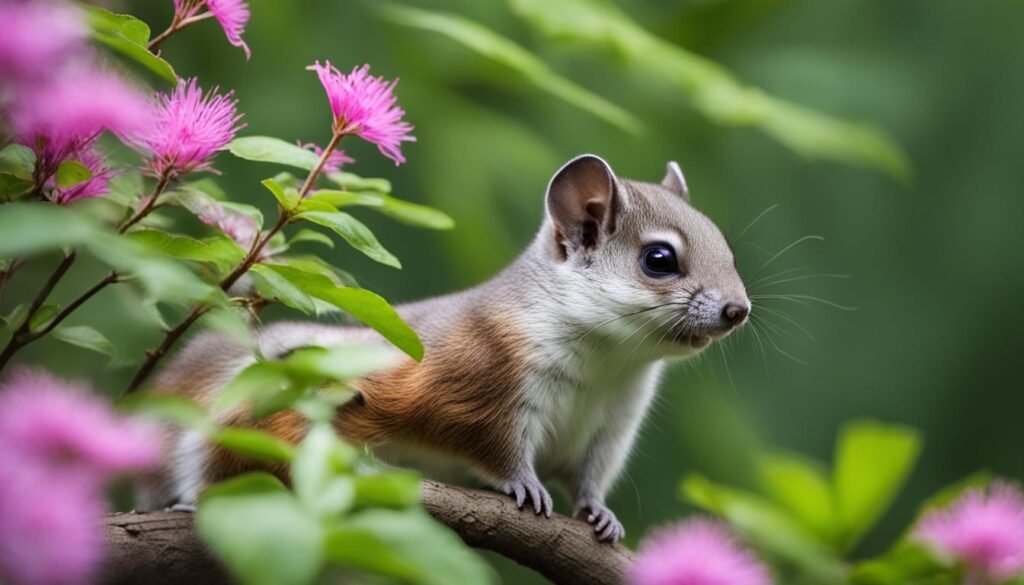
In addition to the Japanese dwarf flying squirrel, Japan is also home to another species of flying squirrel known as the Siberian flying squirrel (Pteromys volans).
The Siberian flying squirrel shares a similar size to the Japanese dwarf flying squirrel, but its fur color is gray instead of brown. These adorable creatures are found primarily on the northern island of Hokkaido and have a broader range that extends from the Baltic Sea to Siberia. Like their Japanese counterparts, Siberian flying squirrels are nocturnal and feed on a diet of nuts, berries, seeds, and cones.
Both species of flying squirrels thrive in their respective habitats in Japan, playing an essential role in the country’s diverse wildlife ecosystem.
| Comparison of Japanese Dwarf Flying Squirrel and Siberian Flying Squirrel | Japanese Dwarf Flying Squirrel (Pteromys momonga) | Siberian Flying Squirrel (Pteromys volans) |
|---|---|---|
| Fur Color | Brown | Gray |
| Primary Habitat | Honshu and Kyushu Islands of Japan | Northern island of Hokkaido and extends from the Baltic Sea to Siberia |
| Main Diet | Nuts, seeds, fruits, tree bark, and insects | Nuts, berries, seeds, and cones |
| Nocturnal Behavior | Active at night | Active at night |
Flying Squirrels in Japan’s Ecosystem
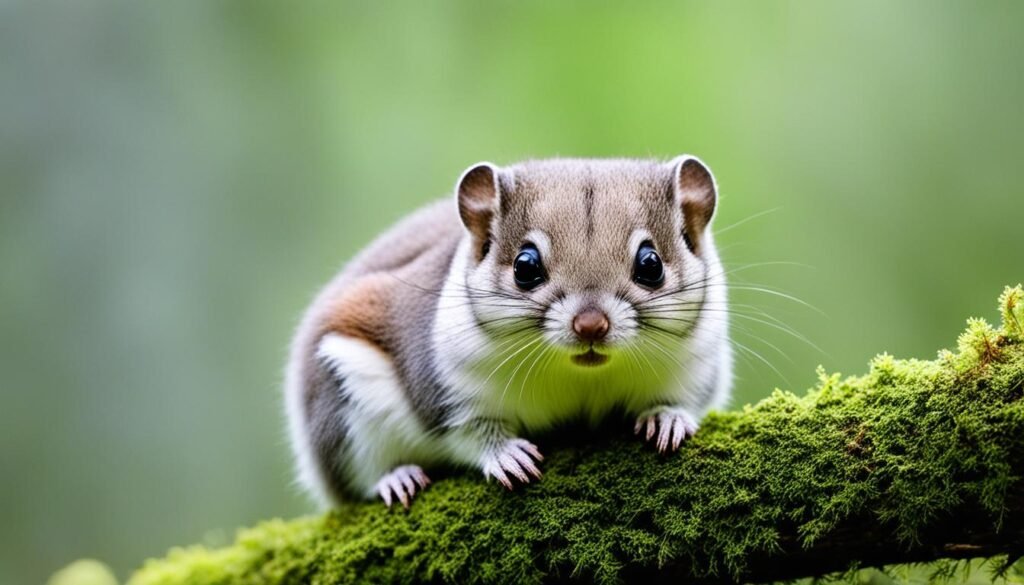
Flying squirrels play a crucial role in maintaining the balance of Japan’s ecosystem. These adorable rodents contribute significantly to seed dispersal as they move from tree to tree, facilitating forest regeneration. Their ability to carry and scatter seeds over long distances helps in the growth and diversity of plant species throughout the region.
Despite the important role they play, both the Japanese dwarf flying squirrel and the Siberian flying squirrel are not currently considered endangered species. However, this does not diminish the need for ongoing conservation efforts. Protecting their habitats and ensuring their long-term survival remain essential for maintaining the overall biodiversity of Japan.
By raising awareness about these unique creatures and emphasizing the importance of wildlife conservation, we can preserve not only the flying squirrels but also the diverse ecosystem they inhabit. It is crucial to take proactive measures to safeguard their natural habitats, prevent deforestation, and promote sustainable practices that support the well-being of these remarkable animals.
Comparing the Japanese Dwarf Flying Squirrel and the Siberian Flying Squirrel
| Species | Scientific Name | Fur Color | Habitat |
|---|---|---|---|
| Japanese Dwarf Flying Squirrel | Pteromys momonga | Brown | Honshu and Kyushu Islands of Japan |
| Siberian Flying Squirrel | Pteromys volans | Gray | Primarily found in Hokkaido, extends to Baltic Sea and Siberia |
The table above compares the key characteristics of the Japanese dwarf flying squirrel and the Siberian flying squirrel. While both species have similar sizes and belong to the same genus, they differ in terms of fur color and specific habitats. This diversity adds to the richness of Japan’s wildlife and highlights the importance of conserving their respective environments.
The image above illustrates the beauty and uniqueness of these flying squirrels, emphasizing the need for their conservation and the preservation of their habitats for future generations to enjoy.
Conclusion
The Japanese dwarf flying squirrel is indeed one of the most adorable creatures to grace our planet. With its fluffy fur, big eyes, and endearing appearance, it has captured the hearts of animal lovers worldwide. But there’s much more to this pint-sized wonder than meets the eye.
From its extraordinary gliding ability, soaring through the air with the help of a specialized membrane, to its diverse diet and unique nesting behavior, the Japanese dwarf flying squirrel never fails to fascinate. Its presence in Japan’s ecosystem is invaluable, contributing to seed dispersal and the regeneration of forests.
As we marvel at the cuteness of this remarkable species, it’s crucial to remember the importance of conservation. Protecting the habitats of these adorable creatures should be a top priority in order to preserve the biodiversity of Japan’s wildlife. By appreciating and safeguarding the Japanese dwarf flying squirrel, we can ensure that future generations will also have the privilege of experiencing the joy it brings.
Frequently Asked Questions
Is the Japanese Dwarf Flying Squirrel endangered?
No, the Japanese Dwarf Flying Squirrel is listed as a species of “Least Concern” by the International Union for Conservation of Nature (IUCN), indicating that it is not currently at risk of extinction.
How does the Japanese dwarf flying squirrel glide through the air?
The Japanese dwarf flying squirrel has a specialized membrane called a patagium, which it uses to glide through the air.
What is the diet of the Japanese dwarf flying squirrel?
The Japanese dwarf flying squirrel has a varied diet that includes nuts, seeds, fruits, tree bark, and insects.
What are the differences between the Japanese dwarf flying squirrel and the Siberian flying squirrel?
While both species have similar sizes, the Japanese dwarf flying squirrel has brown fur, while the Siberian flying squirrel has gray fur. Additionally, the Siberian flying squirrel is found mainly on the northern island of Hokkaido.
Why are flying squirrels important to Japan’s ecosystem?
Flying squirrels, including the Japanese dwarf flying squirrel and the Siberian flying squirrel, contribute to seed dispersal, aiding in forest regeneration and the overall biodiversity of Japan’s wildlife.



